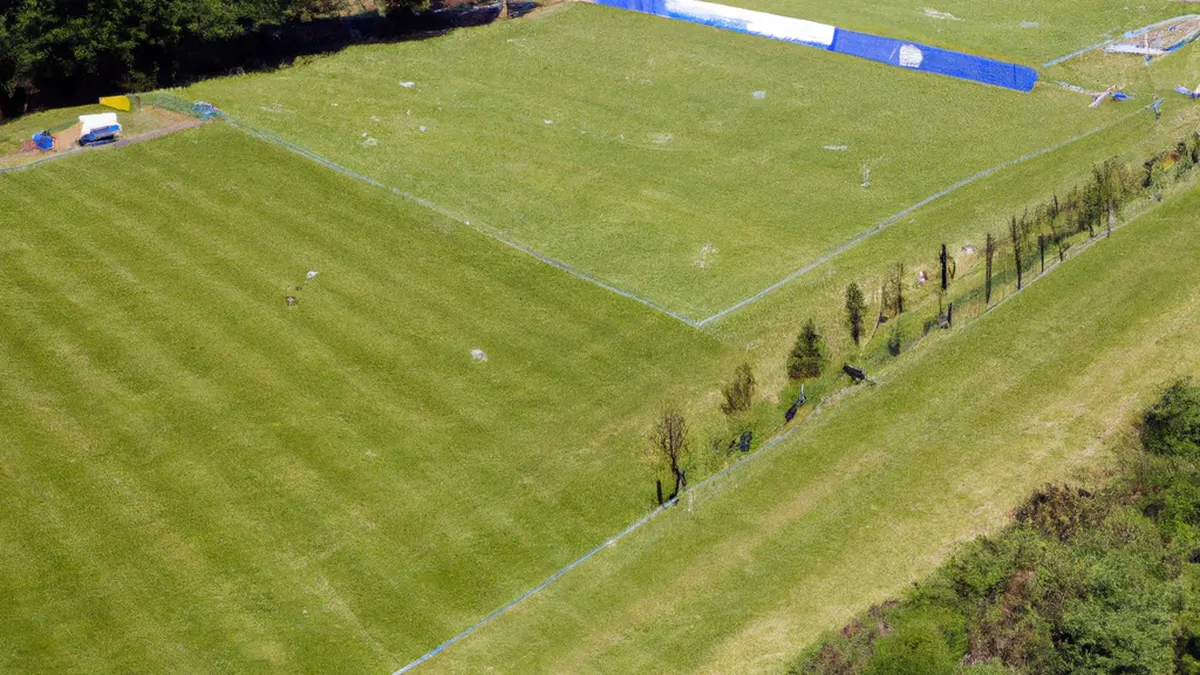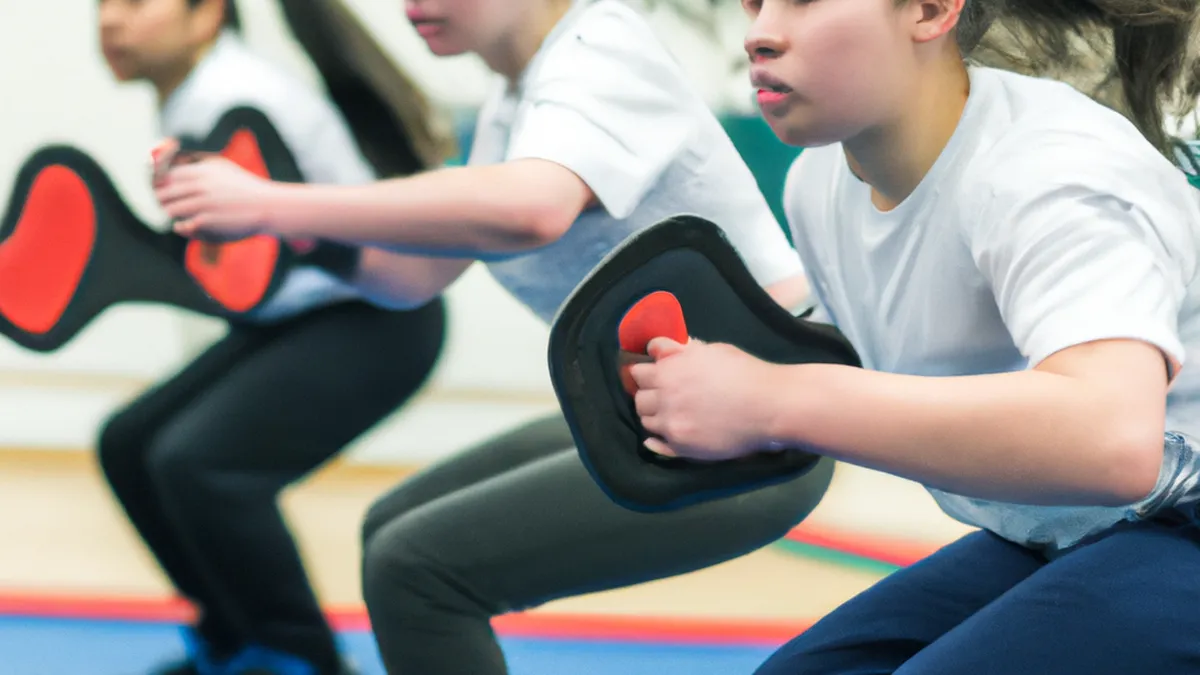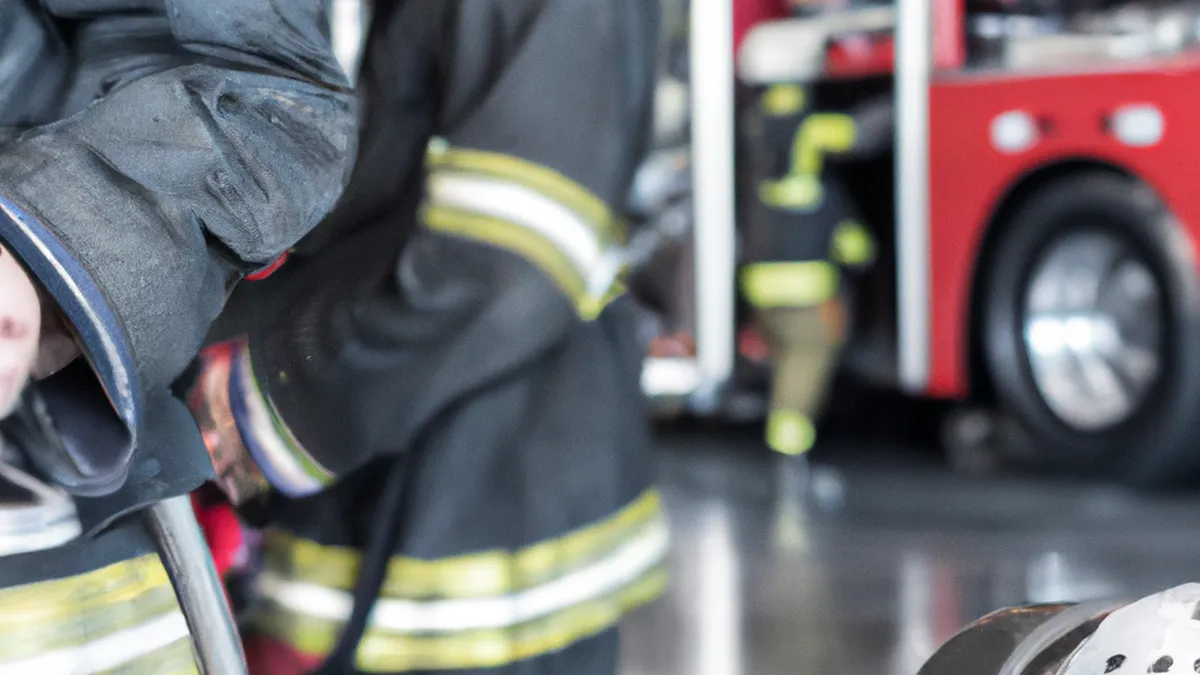Expanding Access: Sports for Every Young Athlete
Strategies to Improve Access to Sports Facilities for Underprivileged Youth
Access to sports facilities significantly impacts youth development. Engaging in sports promotes physical health, social skills, teamwork, and resilience. However, many children from underprivileged backgrounds face barriers that hinder their participation. This blog explores strategies to improve access to sports facilities, focusing on community involvement and sustainable solutions.
Understanding the Barriers
To address access issues, we must understand the barriers underprivileged youth face. These barriers include transportation issues, financial constraints, and limited availability of facilities.
Transportation Issues
Many youth from low-income neighborhoods struggle with transportation to sports facilities. Limited public transportation and lack of family vehicles create challenges for reaching sports programs. Without accessible transportation, even available facilities remain out of reach.
Financial Constraints
Participating in sports can be costly for many families. Registration fees, equipment costs, and travel expenses quickly add up, creating financial burdens. Consequently, many children miss opportunities to join teams or engage in recreational activities.
Limited Availability of Facilities
In some neighborhoods, outdated or poorly maintained sports facilities exist. Parks may lack essential amenities like playing fields, courts, or safe areas for activity. Without available facilities, youth experience fewer opportunities for sports, leading to decreased physical activity and missed social engagement.
Tips for Improving Access
We can implement several strategies to improve access to sports facilities for underprivileged youth. Each approach aims to eliminate barriers preventing participation.
Create Community Partnerships
Building partnerships with local organizations enhances access to sports facilities. Schools, non-profits, community centers, and local governments can collaborate to create resourceful programs. For instance, schools can partner with organizations to offer after-school sports programs that include transportation, equipment, and coaching. These partnerships maximize outreach and serve more youth in need.
Offer Scholarships and Financial Aid
Sports organizations and community programs can establish scholarships to cover registration fees and equipment costs. Financial aid ensures no child faces exclusion due to financial constraints. Additionally, providing free or low-cost equipment further reduces barriers. This approach promotes inclusivity and makes sports accessible for all.
Organize Free Sports Clinics
Hosting free sports clinics effectively improves access to sports facilities. These clinics introduce youth to various sports and encourage participation.
Conclusion
Improving access to sports facilities for underprivileged youth requires understanding barriers and implementing strategic solutions. Community partnerships, scholarships, and free clinics can enhance opportunities for all youth.
Below are related products based on this post:
FAQ
What are the main barriers preventing underprivileged youth from accessing sports facilities?
The main barriers include transportation issues, financial constraints, and limited availability of facilities. Many youths from low-income neighborhoods struggle with getting to sports programs due to lack of public transport or family vehicles. Additionally, the costs associated with registration, equipment, and travel can be prohibitive. Lastly, some neighborhoods may have outdated or poorly maintained facilities, limiting opportunities for sports participation.
How can community partnerships help improve access to sports facilities?
Community partnerships can enhance access by collaborating with local organizations such as schools, non-profits, and government entities to create resourceful programs. For example, schools can partner with organizations to offer after-school sports programs that include transportation, equipment, and coaching, thereby maximizing outreach and serving more underprivileged youth in need.
What initiatives can be taken to reduce financial barriers for youth participation in sports?
Initiatives such as establishing scholarships and financial aid programs can significantly reduce financial barriers. Sports organizations can offer scholarships to cover registration fees and equipment costs, ensuring that no child is excluded due to financial issues. Additionally, providing free or low-cost equipment can further promote inclusivity and increase accessibility to sports for all youth.















Post Comment